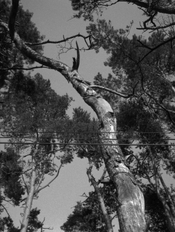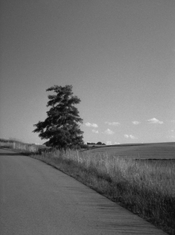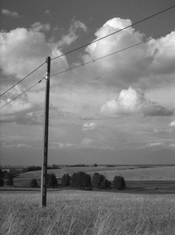Pseudodionizy
Member
Hello, I've just got a really nice Olympus Pen EE-3, my only qualm is about the selenium light meter it uses, as I've heard they can be inaccurate or entirely nonfunctional. Mind you, this one works (I haven't yet had a chance to test it for accuracy), but I'm wondering if I can check somehow whether it's likely to expire soon, or if I can use it for at least some years to come... I haven't had much experience with this type of meters, so I wanted to ask: do they just die with no prior warning, or do they give inaccurate readings before giving up completely? Or is there any other way I could test its longevity? The camera came with a lens cap and the condition seems pretty pristine, as if it hasn't been used too intensively, so I'm hopeful that the selenium cell isn't worn out.


 We'll see how the test rolls turn out and if anything's wrong, I'll try out your fix suggestions.
We'll see how the test rolls turn out and if anything's wrong, I'll try out your fix suggestions.


